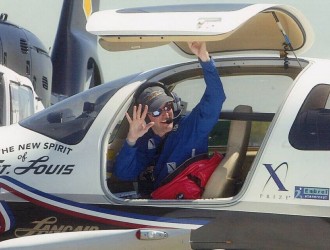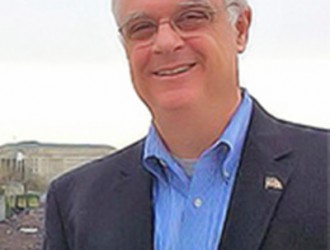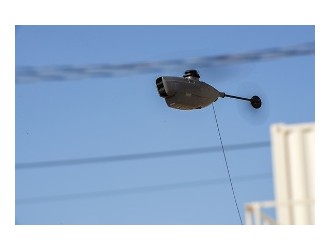Information of TTFLY: Four top aviation regulators have committed to implementing streamlined certification rules for aircraft and other products that move between major aviation markets in the world.
Certification leaders of civil aviation authorities in the U.S., Europe, Canada and Brazil this week established a joint strategy for simplifying procedures for mutual acceptance of each others' safety certifications of helicopters and other aircraft as well as additional systems and accessories intended to improve their utility. The signatory agencies are the U.S. FAA, the European Aviation Safety Agency (EASA), Transport Canada and Brazil's Agencia Nacional de Aviaҫão Civil (ANAC).
"Progress in Certification Streamlining" is the leadoff session of Rotor & Wing International’s Rotorcraft Technology Summit Sep. 19 and 20 in Fort Worth, Texas. That Sep. 19 session will feature a discussion among FAA Rotorcraft Directorate Lance Gant, Jonathan Archer of the General Aviation Manufacturers Assn., Jamie Black of the FAA’s Flight Standards Service and Elvis Moniz of Vector Aerospace on U.S. and international streamlining initiatives. Visit www.rotorcraftsummit.com to learn more and to register for the event.
Differences between national certification standards and procedures often slow the development and market introduction of helicopters, systems and equipment. Manufacturers must undergo technical reviews, perform additional testing and file extensive documents on the results before one aviation authority’s certification is validated and accepted by another aviation agency. That can take months or more.

One example is the AW169, which won EASA type certification in July 2015. Leonardo is still pursuing FAA certification of the aircraft.
Another example is the FAA’s ongoing review of guidance on certification of helicopter inlet barrier filters, which critics argue is spurred in part by disparities with EASA’s guidance. The differences have stymied the development and sale of new-design inlet barrier filters, which have proven safety, cost and operational benefits.
The regulators’ commitment to clearing certification hurdles came in a “collaboration strategy,” which they jointly published Aug. 29.
They acknowledged that challenges remain to full acceptance of one nation’s certification by another “without any technical assessment or issuance of a validation approval.” Therefore, they said, their respective agencies “are committed to implementing risk-based validation principles and taking immediate steps to eliminate technical involvement.”
Implementing their strategy would “reduce certification authority resource expenditure, ensure a high degree of safety and promote regulatory cooperation and harmonization” between the certification partners.
The officials signing the strategy and commitment included the director of the FAA’s Aircraft Certification Service, Dorenda Baker; ANAC’s deputy airworthiness superintendent, Roberto Honorato; the director of standards for Transport Canada’s civil aviation directorate, Robert Sincennes, and EASA’s certification director, Trevor Woods.





